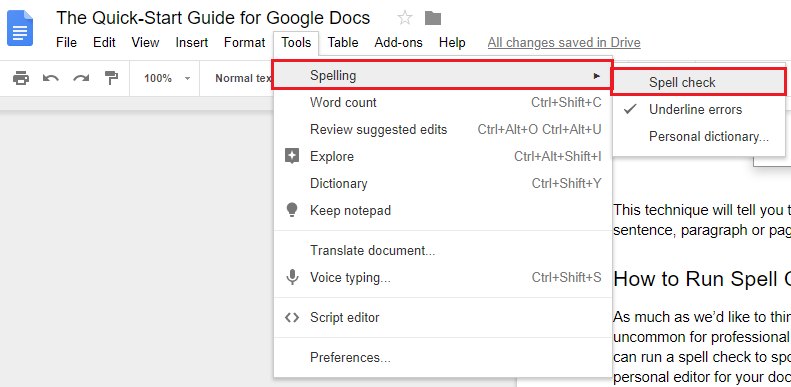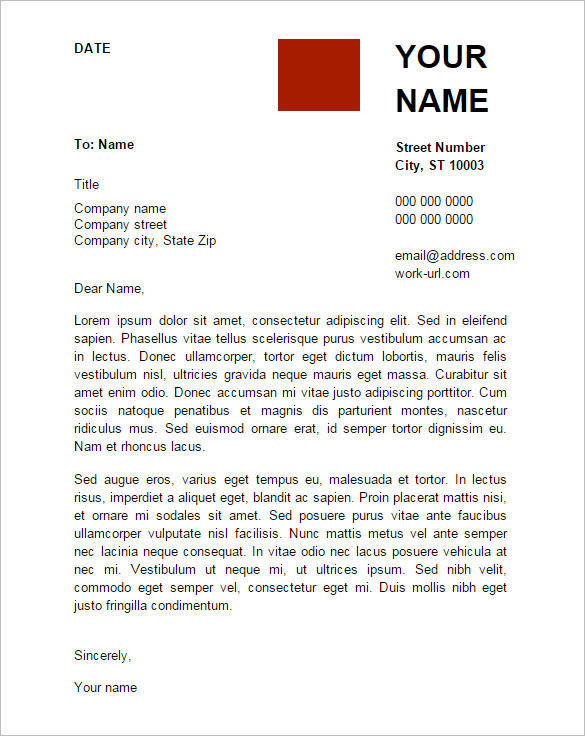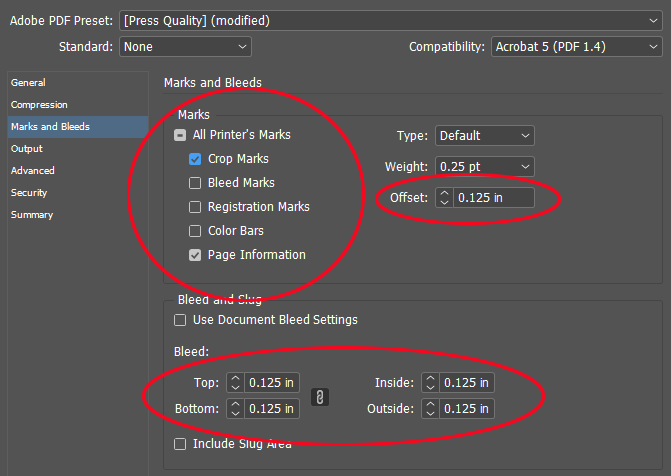

WordPress has frequent updates that push the platform to a new level, and Google Docs’ collaboration tools, for example, are second to none.įinally, we chose InDesign because it is the industry leader in page design software. WordPress has a great API and it’s very extendable - we’ve been able to easily change pretty much any part of the CMS without hacking the core, which allows us to maintain the integrity of the system.īoth systems are quickly evolving and pushing boundaries in their fields, without any prodding from us. We chose WordPress because we wanted a content management system (CMS) that allowed us to develop components quickly and easily. On Election Day we had three reporters at different campaign headquarters all working in one doc, and it went very smoothly. The collaboration tools are terrific and have really proved useful, for example, when we’re editing articles on tight deadlines or when reporters are working on stories together.

We wanted a place where reporters could work on their articles easily from wherever they are - we have quite a few bureaus, and our reporters often file from events. We picked Google Docs purely for its ease of use and its collaboration tools.

William Davis: My boss has a great post on our dev blog on the topic, and I talk about it a bit on one of my blog posts as well. How did you end up gravitating toward a Google Docs / WordPress / InDesign system? To find out more about how the project came about and how it works in practice, I reached out to William Davis ( the online editor at the Bangor Daily News and the architect of the new system. … the guiding ideas we have put into practice are to match the tool to the job we need done (rather than the reverse), reduce the number of steps required and anticipate how our audience will want the information next. The Bangor Daily News attacked the problem head on, incorporating Google Docs and WordPress into a new front-end system that handles the flow of news in the digital era. From there, it’s all production, not creation. If you begin with a print-directed front-end system, as we did, how does that system accommodate a story being updated from the field? Or how would the full possibility of story assets land online, to be chosen among for print? Even simpler: When do reporters add links? The answers, as countless journalists know, are: It can’t they won’t they don’t. Moving stories to the web was a copy-and-paste affair, but that’s not where the trouble started. Like many newsrooms, until very recently we were production heavy because we had to be. In a recent post, Todd Benoit, director of news and new media at the Bangor Daily News addressed the root of the workflow problem in his newsroom: Digital media not only forces newsrooms to face economic challenges, but also workflow issues.


 0 kommentar(er)
0 kommentar(er)
